Description
Product Alternatives: TakeDown Soft Bait
EPA Registration No.: 7173-308
Active Ingredient: Chlorophacinone – 0.005%
General Instructions:
Bait stations are mandatory for outdoor, above-ground use. Tamper-resistant bait stations must be used wherever children, pets, non-target mammals, or birds may have access to the bait placement location.
Selection Of Treatment Areas:
Determine areas where rats, mice and/or meadow voles will most likely find and consume bait. Generally, these are along walls, by gnawed openings, in corners and concealed places, between floors or walls, concealed places, or in locations where rats, mice and/or meadow voles or their signs have been observed. Remove as much alternative food as possible.
Application Directions:
Rats:
Apply 3 to 16 pouches per placement, usually spaced 15 to 30 feet apart. Adjust the amount of bait applied to the level of rat feeding expected at each bait placement. Maintain a constant supply of fresh bait for 10 days or until signs of activity cease.
Mice and Meadow Voles:
Apply 1 pouch per placement, usually spaced 8 to 12 feet apart. Up to 2 pouches may be needed at points of very high activity. Maintain a constant supply of fresh bait for 15 days or until signs of activity cease.
Follow-Up:
Replace contaminated or spoiled bait immediately. Wearing waterproof gloves, collect and dispose of all visible dead animals and leftover bait, as well as any bait that has become
accessible to non-target animals. To discourage reinfestation, limit sources of rodent food, water and harborage as much as possible. If reinfestation does occur, repeat treatment. For a continuous infestation, set up permanent bait stations and replenish bait as needed.
Use Restrictions:
- Do not place near or inside ventilation duct openings.
- Do not contaminate water, food, feed, food or feed handling equipment, or milk or meat handling equipment.
- Do not apply directly to food or feed crops.
- Do not broadcast bait. Burrow baiting with this product is prohibited.
- Not permitted for use against the following species in California: Deer mouse, White-footed mouse, Cotton mouse, Cotton rat, Eastern harvest mouse, Golden mouse, Polynesian rat, Meadow vole, White-throated woodrat, Southern plains woodrat, Bushy-tailed woodrat and Mexican woodrat.
Note to Physician or Veterinarian:
Contains the anticoagulant chlorophacinone. If swallowed, this material may reduce the clotting ability of blood and cause bleeding. For humans or animals ingesting bait and/or showing obvious poisoning symptoms (bleeding or prolonged prothrombin times), give Vitamin K1 intramuscularly or orally. Repeat as necessary based on monitoring of prothrombin times.
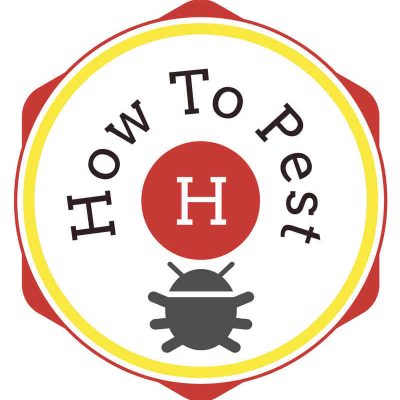

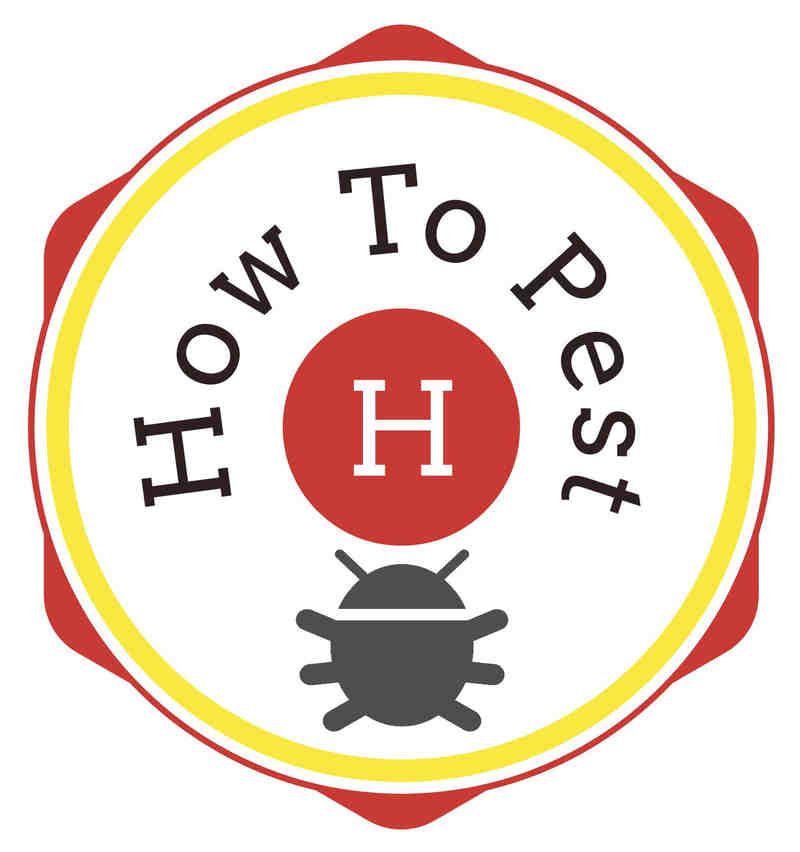


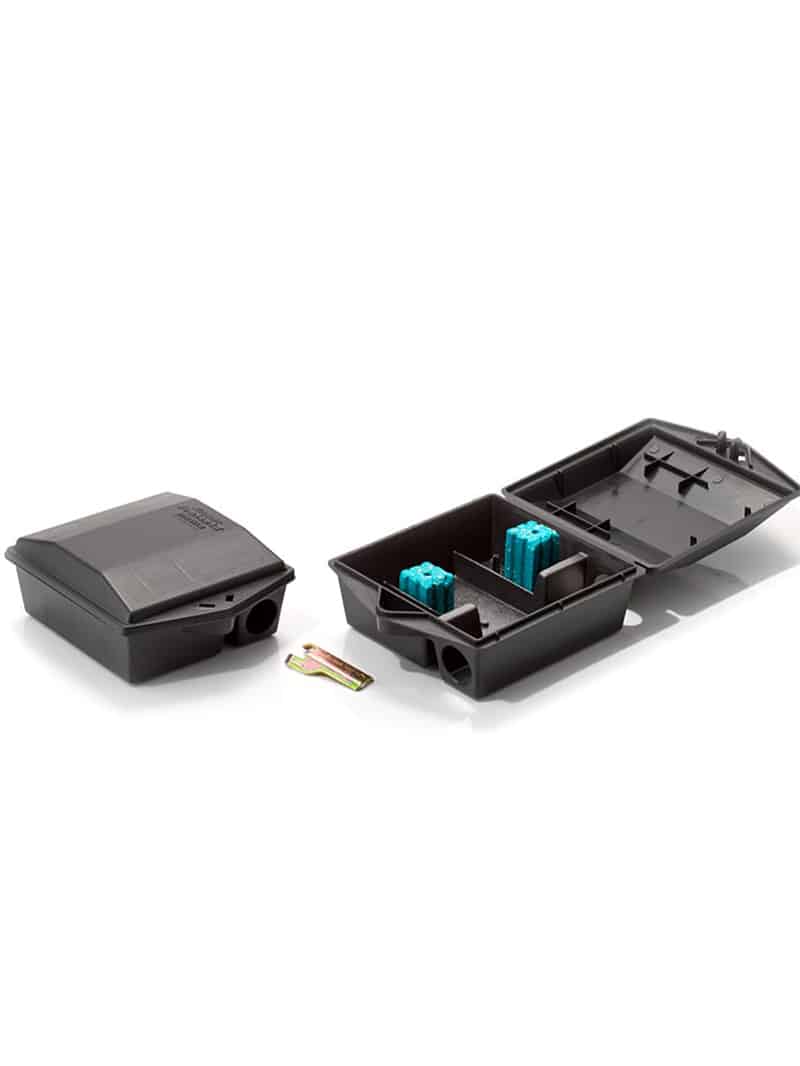


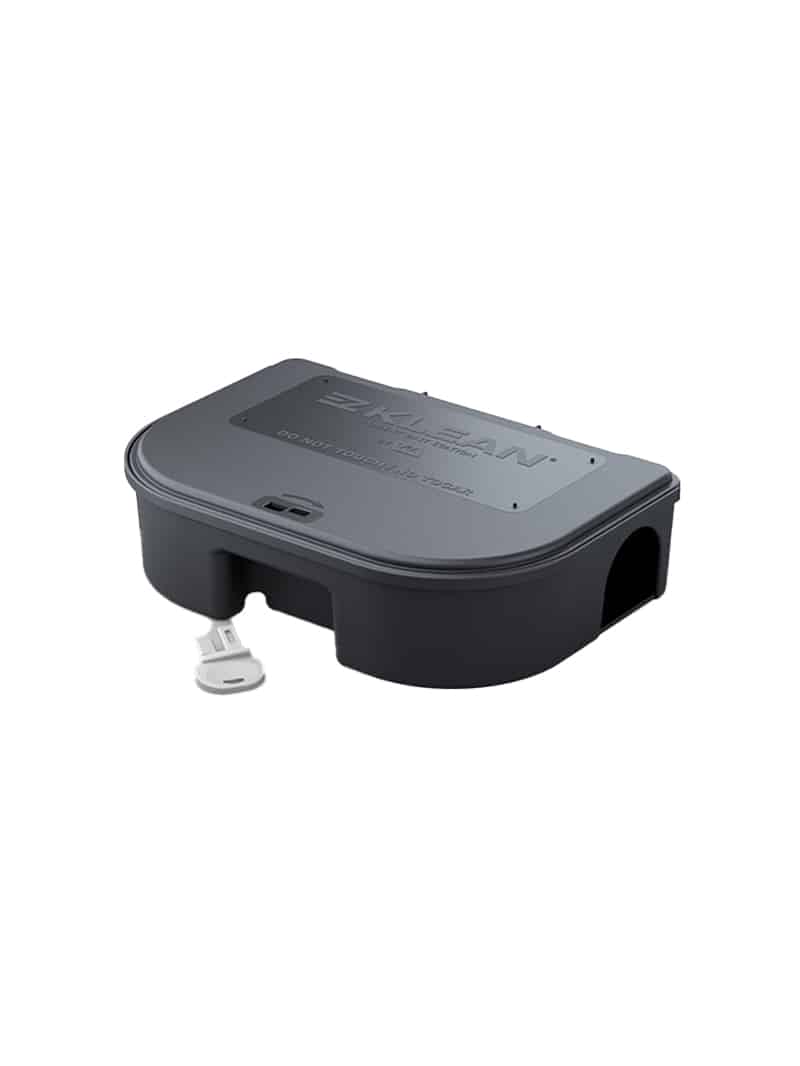
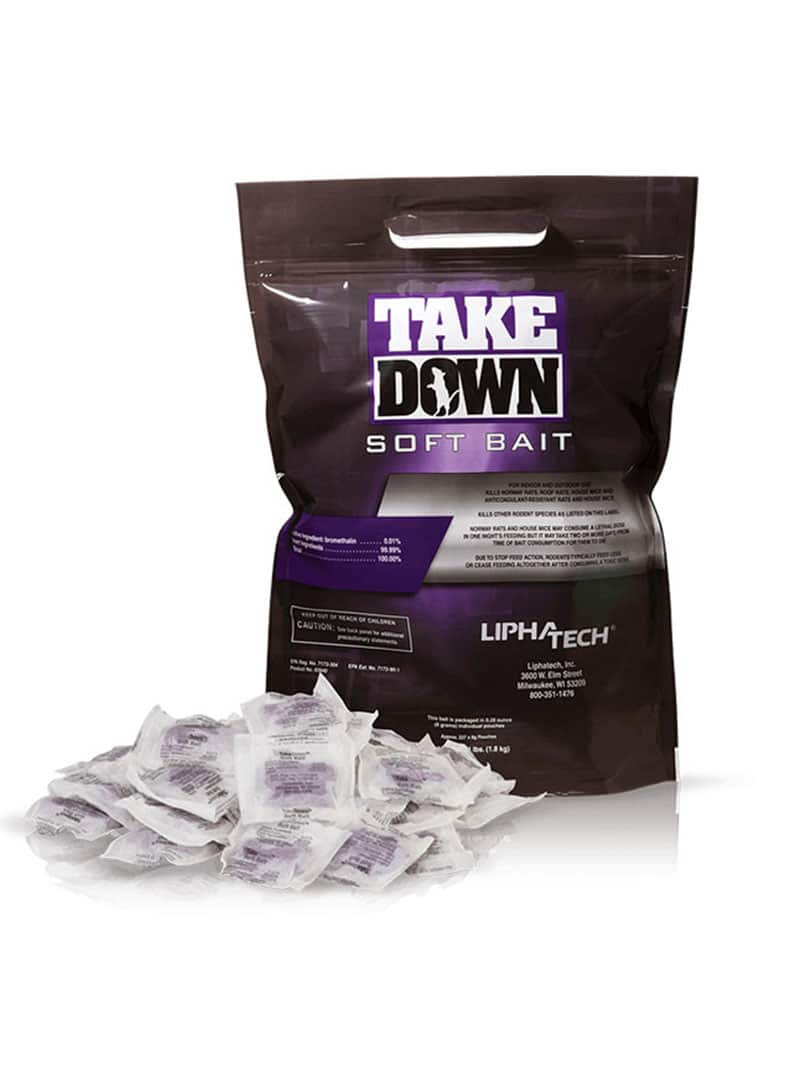
Reviews
There are no reviews yet